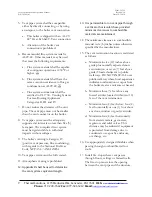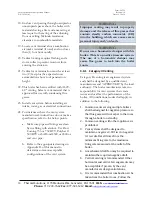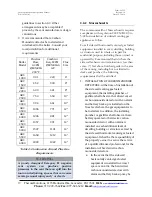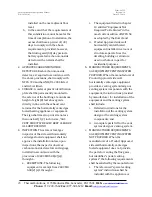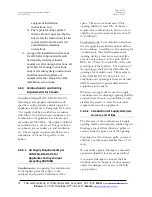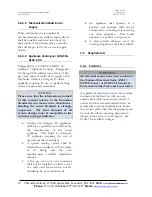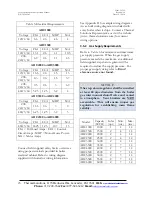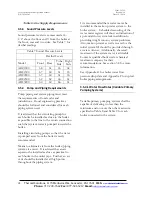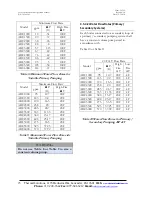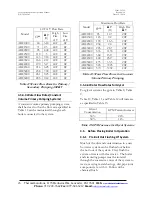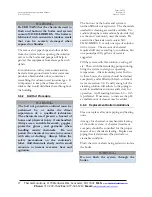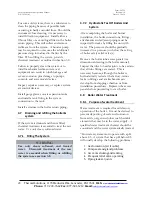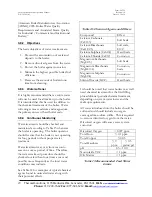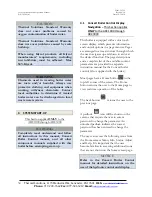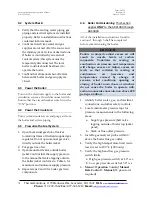
Form: 2435-3
Arctic Installation and Operation Manual
Revision: 10
P/N 105641-01
Date: 12-1-2018
Thermal Solutions, 1175 Manheim Pike, Lancaster, PA 17601
Web:
Phone:
717-239-7642
Fax:
877-501-5212
Email:
16
3.3.2.4
Combustion Air Ducts
Combustion air ducts shall comply with the
following:
Ducts shall be constructed of galvanized steel
or a material having equivalent corrosion
resistance, strength and rigidity.
Ducts shall terminate in an unobstructed
space, allowing free movement of combustion
air to the appliances.
Ducts shall serve a single space.
Ducts shall not serve both upper and lower
combustion air openings where both such
openings are used. The separation between
ducts serving the upper and lower combustion
air openings shall be maintained to the source
of combustion air.
Ducts shall not be screened where terminating
in an attic space.
Horizontal upper combustion air ducts shall
not slope downward toward the source of
combustion air.
For informational purposes, there are several
codes that address the amount of air and/or
size of the opening(s) in walls for combustion
air.
NFPA 54, National Fuel Gas Code (ANSI
Z223.1)
ASME CSD-1, Controls and Safety Devices
for Automatically Fired Boilers
ASME Section VI, Recommended Rules for
Care and Operation of Heating Boilers
BOCA, National Mechanical Code
WARNING:
Do not locate air intakes where petroleum
distillates, CFC’s, detergents, volatile
vapors or any other chemicals are present.
Severe boiler corrosion and failure will
result.
3.3.3
Ducted Combustion Air
Ducted combustion air can be connected to
the boiler air intake flange. Ducts shall be
constructed of galvanized steel or a material
having equivalent corrosion resistance,
strength and rigidity.
Appendix B shall be used to determine the
ducted combustion air system equivalent
length. For typical ducted combustion air
arrangements see Appendix E.
3.4
Venting Requirements
In order to properly vent this boiler, the
installer must select and install a venting
system that meets all requirements specified in
this section, as well as following the
instructions provided by the venting system
manufacturer.
1.
The venting system shall be designed and
constructed in accordance with the
National Fuel Gas Code, NFPA 54 /
ANSI Z223.1 and applicable local building
codes to develop a positive flow adequate
to convey flue or vent gasses to the
outdoors.
2.
If this boiler is being installed in
Massachusetts, follow the Massachusetts
Code Instructions printed later in this
section.
3.
Consult the vent pipe manufacturer’s
instructions for vent system assembly and
system specific installation requirements.
4.
Vent pipe system shall be acceptable for
use with boiler fuel type.
















